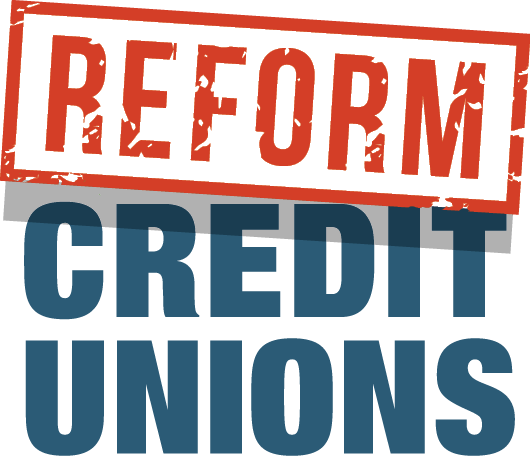Large credit unions continue using their profits to snatch up naming rights for buildings and stadiums across the nation. Plenty of companies do the same thing, but unlike those businesses, credit unions were given a special tax-exempt status so they could use their earnings to better serve consumers of modest means, not to build their brand. When will regulators and lawmakers finally start to take notice of this troubling trend?
In Winston-Salem, NC, a 30-story building and icon of downtown since 1966 will soon bear the name of Truliant Federal Credit Union. With 280,000 customers and $3.5 billion in assets, Truliant is one of the largest credit unions in the American South. Some may wonder how “not-for-profit” Truliant afforded the high-profile signage rights.
On the same day it announced the signage deal, Truliant also announced that it had issued $50 million in secondary capital – in other words, capital from outside for-profit investors – the largest such issuance by any “not-for-profit” credit union to date, according to a news report. As Reform Credit Unions has reported previously, the National Credit Union Administration has begun allowing all credit unions to essentially borrow money in the corporate debt markets (think hedge funds and institutional investors) to grow. Taxpayer subsidized nonprofits should not be focused on accumulating market share from tax-paying competitors; they should be investing their resources in serving the underserved markets they were chartered and subsidized to reach more effectively. The question that needs to be answered: How do credit union members and their communities benefit from expensive marketing campaigns that target primarily affluent customers?
Meantime, on the West Coast, the $18 billion Golden 1 Credit Union—open to anyone in California—continues its $120 million sponsorship of the NBA arena for the Sacramento Kings, where a season ticket can cost you anywhere from $946 to $68,413 per seat according to Ticketmaster. Further south, COVID unfortunately forced the cancelation of this year’s San Diego County Credit Union Holiday Bowl, but what was a $10.7 billion credit union doing sponsoring a major national event in the first place? How does that benefit the credit union’s members? And over in Omaha, NE Liberty First Credit Union is spending $1.6 million to buy the naming rights for Ralston Arena. And if you’re in the Pacific Northwest this summer and want to see a live concert don’t miss the Gorge Amphitheatre, now sponsored by the $2.1 billion Numerica Credit Union.
How do credit union members benefit from these sponsorships? This is a lot of tax-exempt money that seems to be going for purposes Congress never intended. Instead of supporting low-income communities, large credit unions are marketing themselves at NBA, college football, and concert venues – a market growth strategy that exposes their disregard for reaching low and moderate-income consumers. We urge regulators and lawmakers to look at expenditures by larger credit unions, fueled by capital generated from not paying federal income taxes, and ask themselves whether the special rules for credit unions should be reconsidered.
